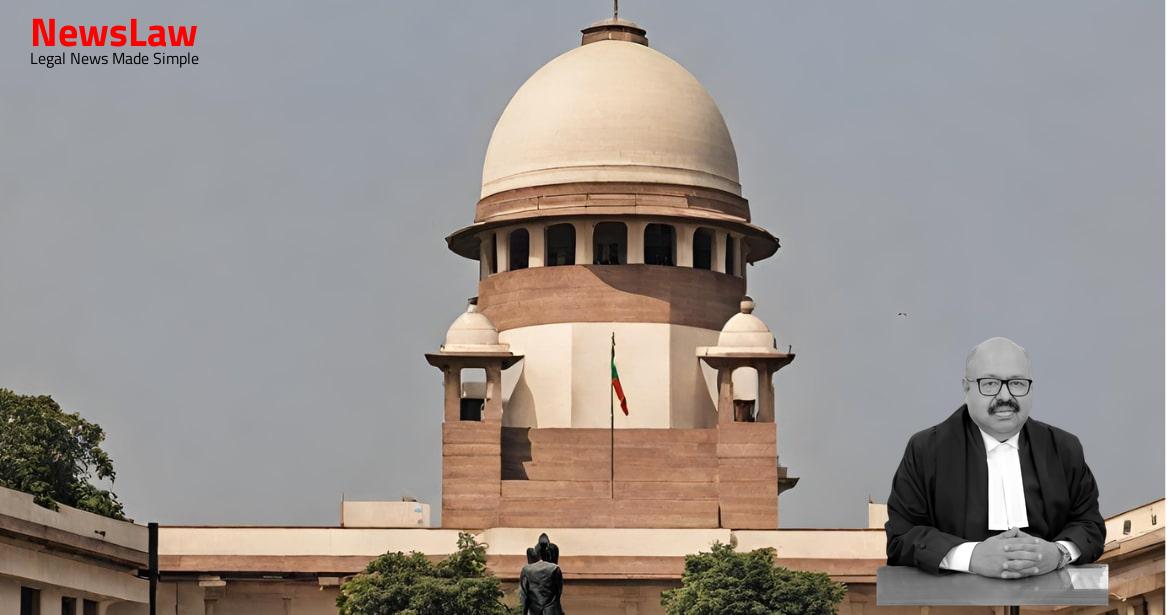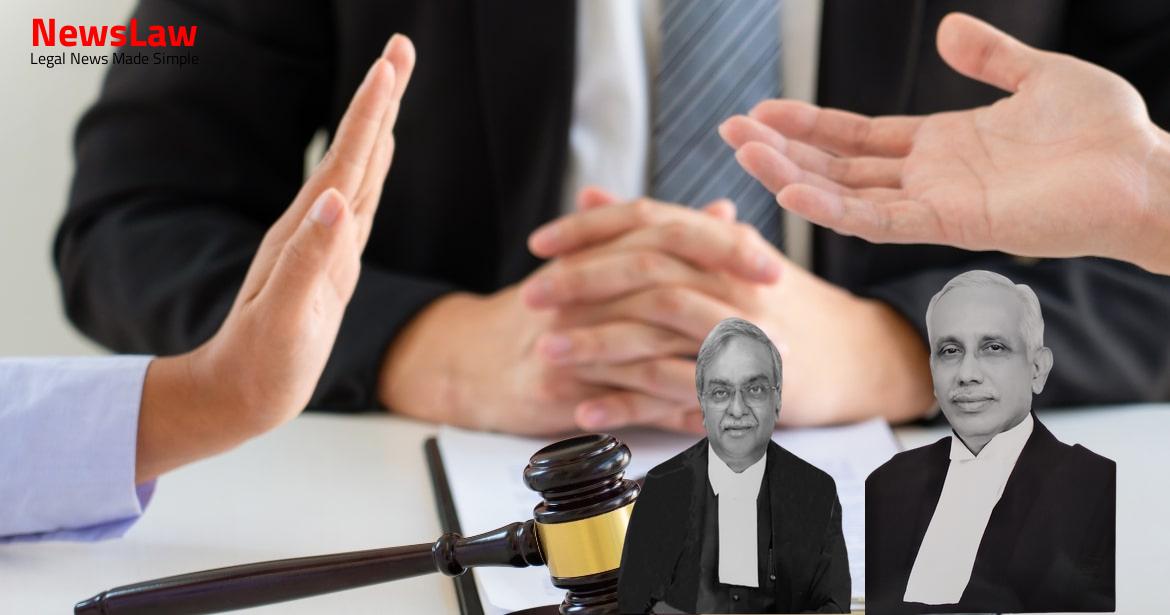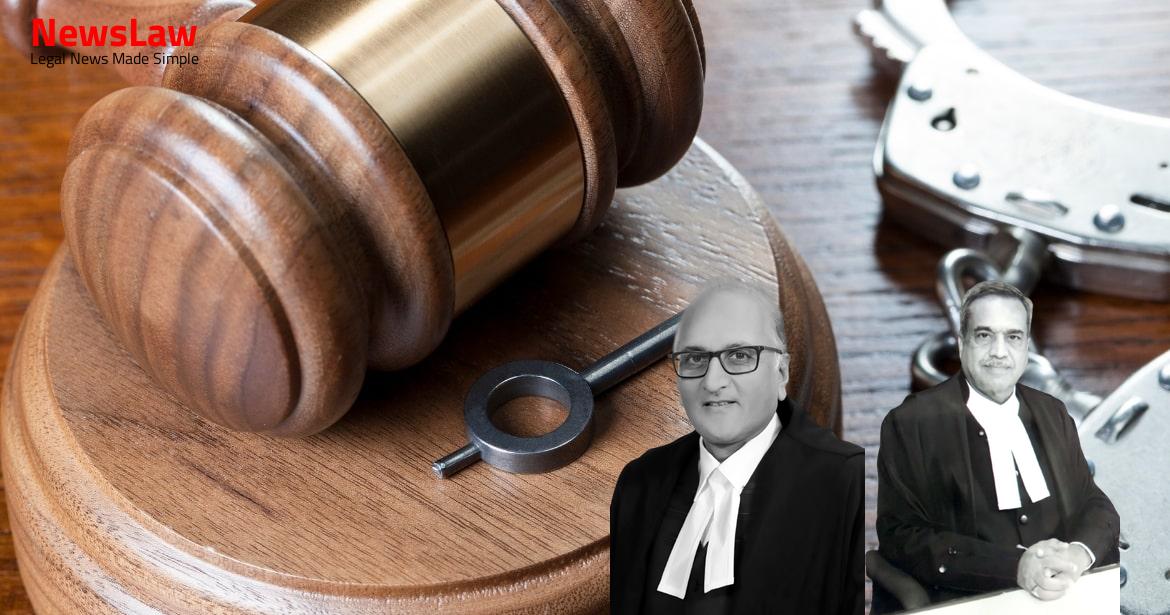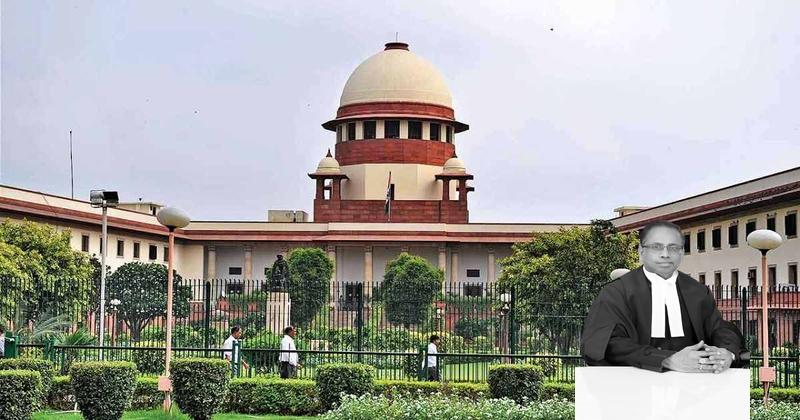Delve into a detailed legal analysis of a contentious land dispute case where the court’s examination of surveyor reports becomes pivotal. This summary focuses on the critical legal questions raised by discrepancies between sale deeds and actual land possession. Stay tuned for a thorough exploration of the court’s legal reasoning and its impact on the case outcomes.
Facts
- Plaintiff filed Civil Suit No.332/2003 alleging encroachment by defendants Ramdwar Mahavir Pande and Sudamadevi Pande.
- Plaintiff claimed to have purchased land on 28.12.1995 from Survey No.25 in Amravati.
- Defendants claimed title over their occupied areas based on sale deeds dated 17.04.1969 and 02.11.1977 respectively.
- Trial Court dismissed the suit on 1.9.2008 citing lack of proof of encroachment by defendants.
- High Court ordered measurement of suit property based on sale deeds and appointment of a surveyor.
- Survey on 28.11.2016 identified land possession by Sudamadevi Pande.
- Defendants’ possession with predecessor’s permission deemed not encroachment.
- Second Appeal No.297 of 2013 filed by plaintiff.
- High Court appointed a surveyor for measuring suit property as per sale deeds.
- Land highlighted in green on the map found to be in possession of Sudamadevi Pande.
- The first Appellate Court reversed the findings of the Trial Court
- According to the map prepared by the Court Commissioner, the defendants encroached upon 38 R (4088 square feet) of land
- The extent of encroachment was established through the map
Also Read: Insurance Claim Repudiation due to Fire Incident: Court’s Legal Analysis
Issue
- High Court framed a substantial question of law for decision in the Second Appeal on 2.5.2018.
- The question of law pertains to the sustainability of the concurrent findings by the two lower Courts in face of the order dated 10.04.2018 passed by the appellate Court for appointment of Surveyor and measurement in the present case.
- The plaintiff’s second appeal was ultimately dismissed.
Arguments
- The counsel for the appellant argues that the plaintiff’s sale deed specifically mentioned the areas under occupation of the defendants before the sale transaction, hence the plaintiff has no legitimate claim on those areas.
- The appellant contends that the High Court erred in not considering the measurement map (Exhibit 131) and the deposition of the Court-appointed Surveyor, leading to an erroneous finding that overlooks the encroachment by the defendants.
- The appellant asserts that the recital in the plaintiff’s sale deed was misconstrued by the Court and that the defendants’ claim based on their sale deeds does not match with the actual land occupied by them.
- The appellant argues that the extent of land occupied by the defendants does not align with the land mentioned in their sale deeds, and puts forward the Surveyor’s finding that the defendants are in illegal possession of excess land.
- Conversely, the counsel for the defendants, Mr. V.K. Shukla, points out the concurrent findings in favor of the defendants by the lower courts and asserts that the appeal should not be entertained by the present Court.
Analysis
- The contention of the rival counsel has been considered.
- Concurrent findings of the Courts below are generally not interfered with.
- A second round of litigation took place with another substantial question of law formulated by the High Court for adjudication.
- However, the impugned judgment did not record a specific finding on the question of law.
- The judge in the second appeal did not address the formulated substantial question of law but endorsed the lower courts’ findings.
- The conclusion in the second appeal lacks an independent finding on the question of law raised by the Court in 2018.
- Without a finding on the additional issue, a different conclusion in favor of the other party cannot be excluded.
- The mismatch between the area under occupation of the defendants and the area covered in their sale deeds is significant.
- Defendants’ occupation of certain lands mentioned in the plaintiff’s sale deed is a crucial factor.
- The court-appointed surveyor’s report has introduced fresh evidence into the legal battle over the suit land.
- The High Court erred in not considering the court surveyor’s report and not addressing the legal question formulated later in the case.
- Without a decision on this relevant aspect which is central to the dispute, the impugned judgment does not meet the legal standards.
Decision
- The High Court is requested to decide the second appeal expeditiously, preferably within six months of receipt of this order.
- The judgment dated 14.8.2018 passed by the Bombay High Court, Nagpur Bench in the Second Appeal no.297/2013 is set aside.
- The appeal is allowed without any order on costs.
- The matter is remanded back to the High Court to consider and render a finding on the substantial question of law framed on 2.5.2018 by the learned Judge.
Case Title: MATADIN SURAJMAL RAJORIA (DECEASED) THROUGH SOLE LEGATEE LALITA SATYANARAYAN KHANDELWAL Vs. RAMDWAR MAHAVIR PANDE (DEAD) THR. LRS. (2021 INSC 518)
Case Number: C.A. No.-005847-005847 / 2021



